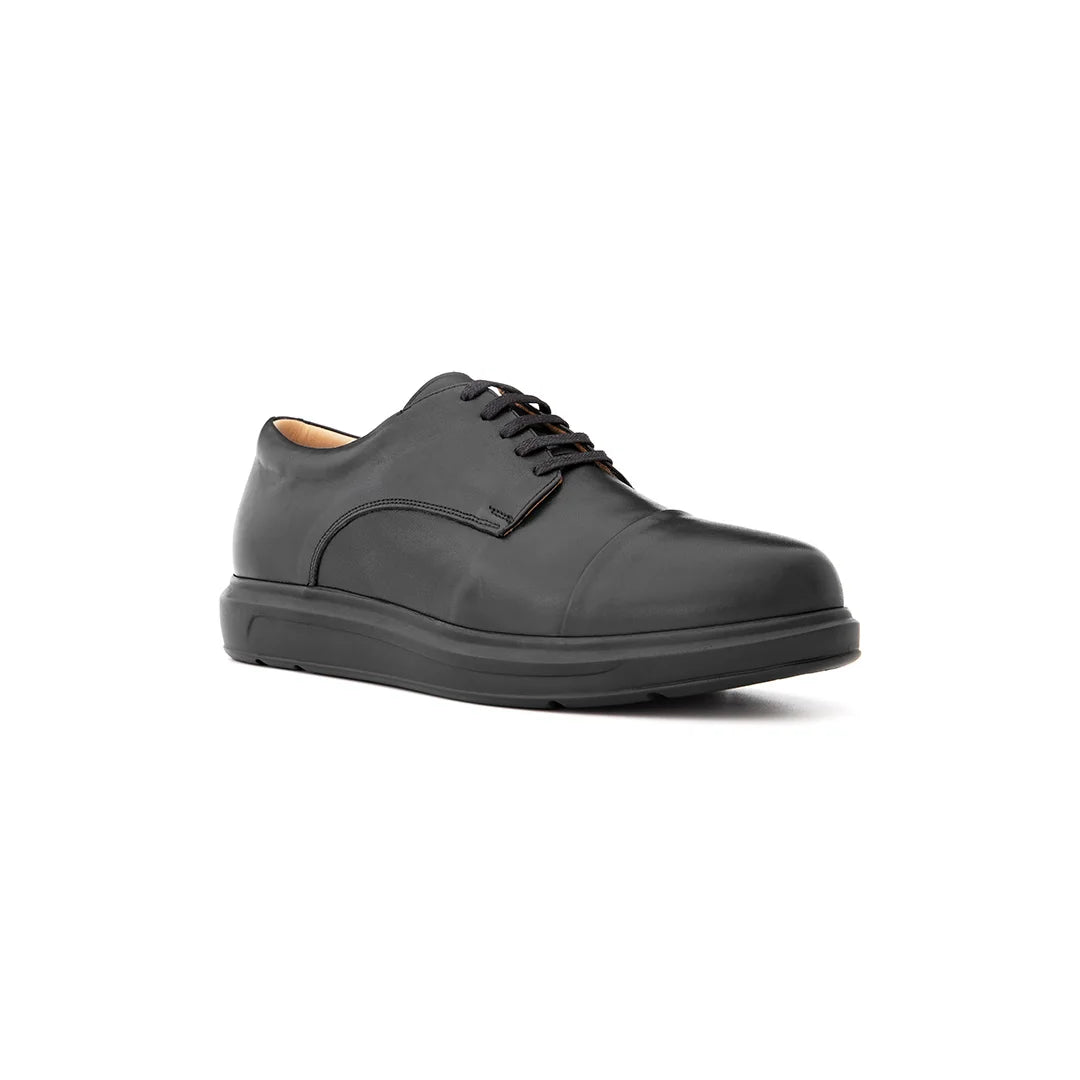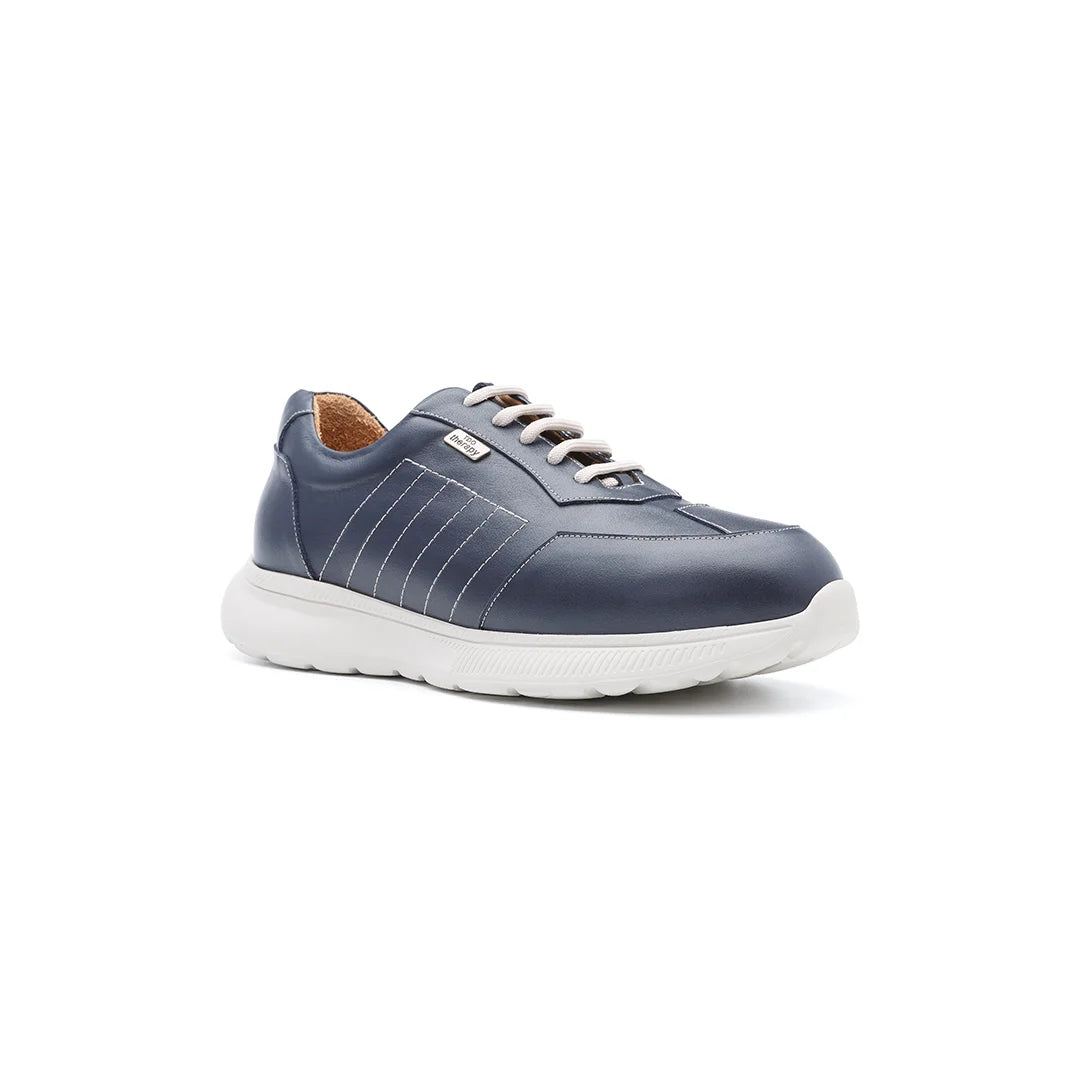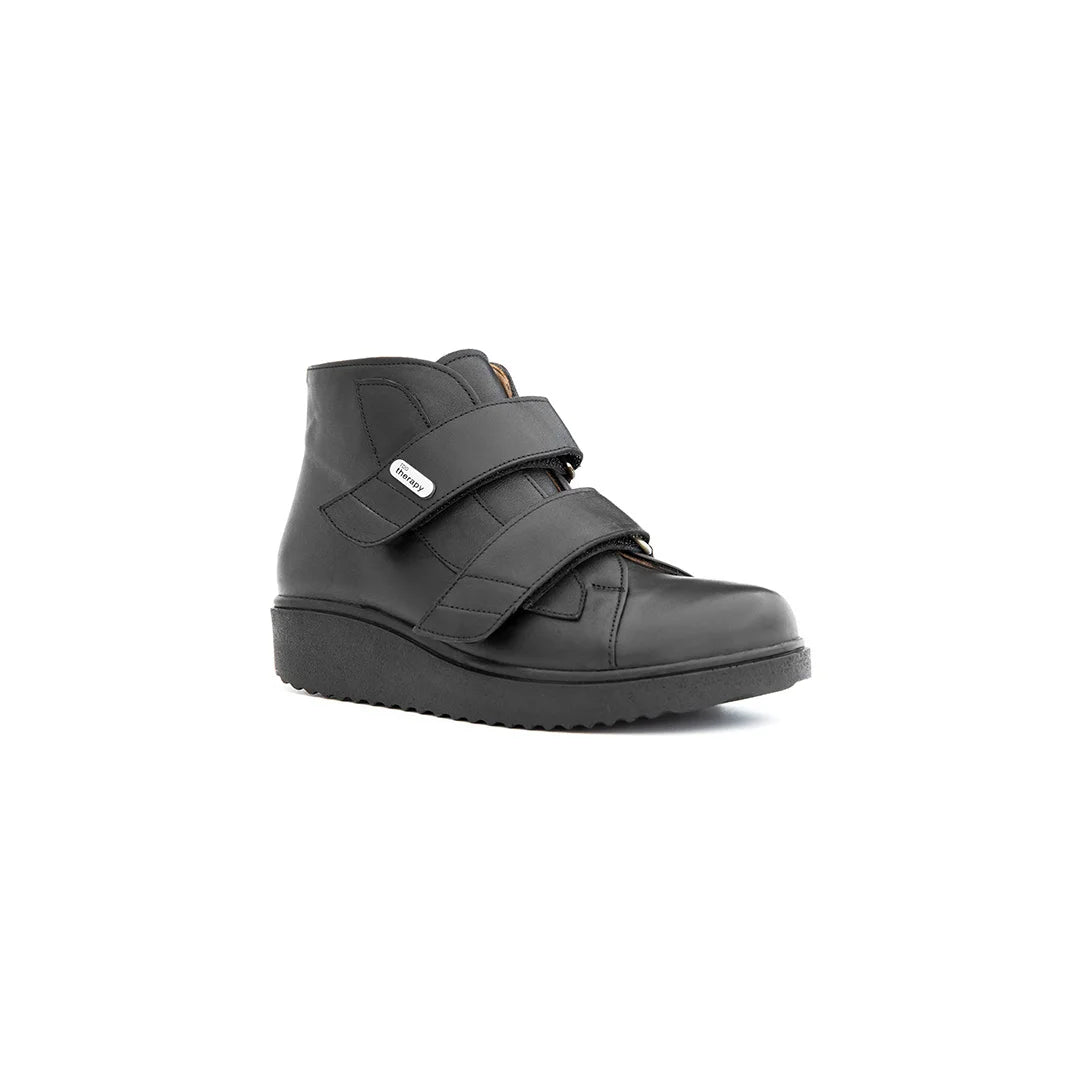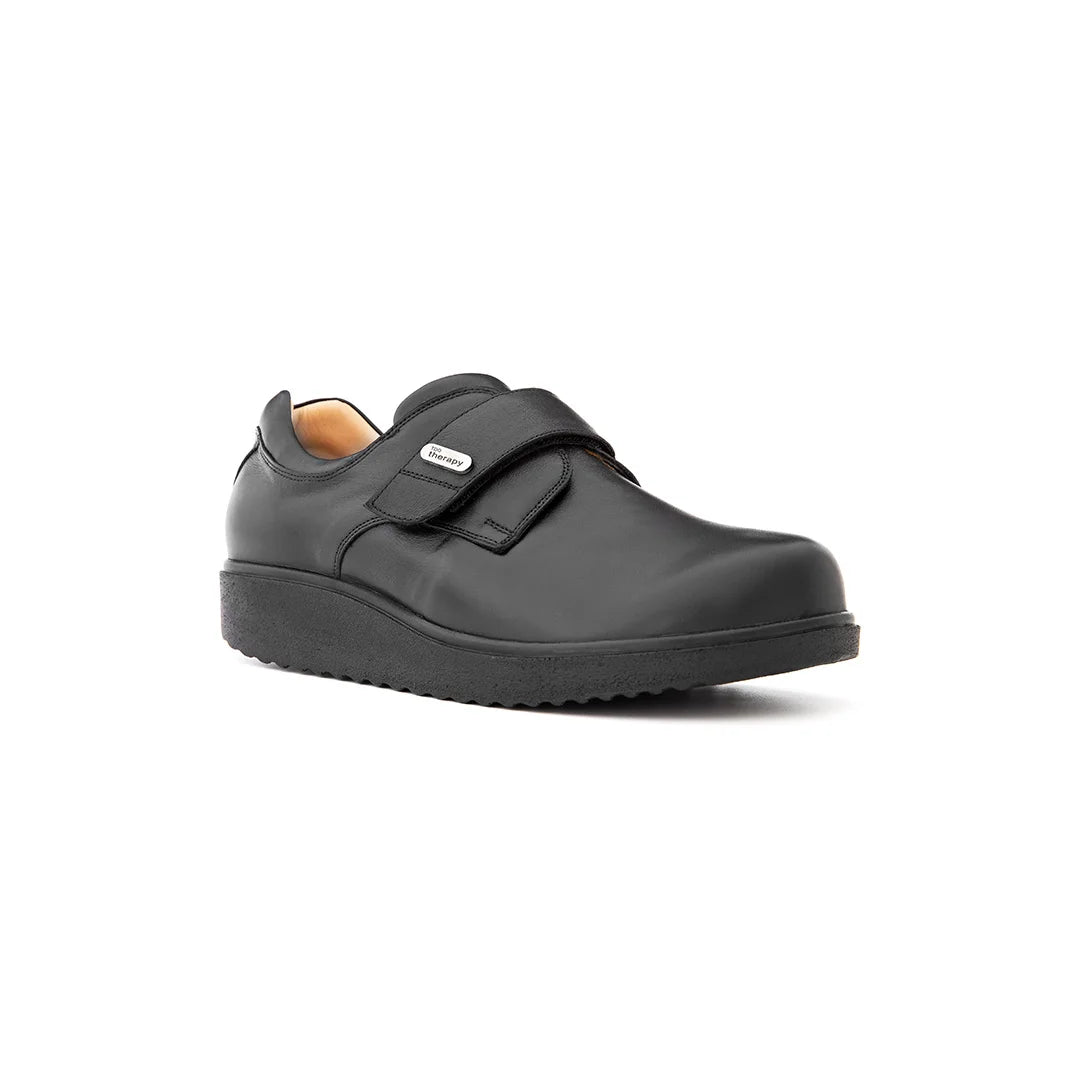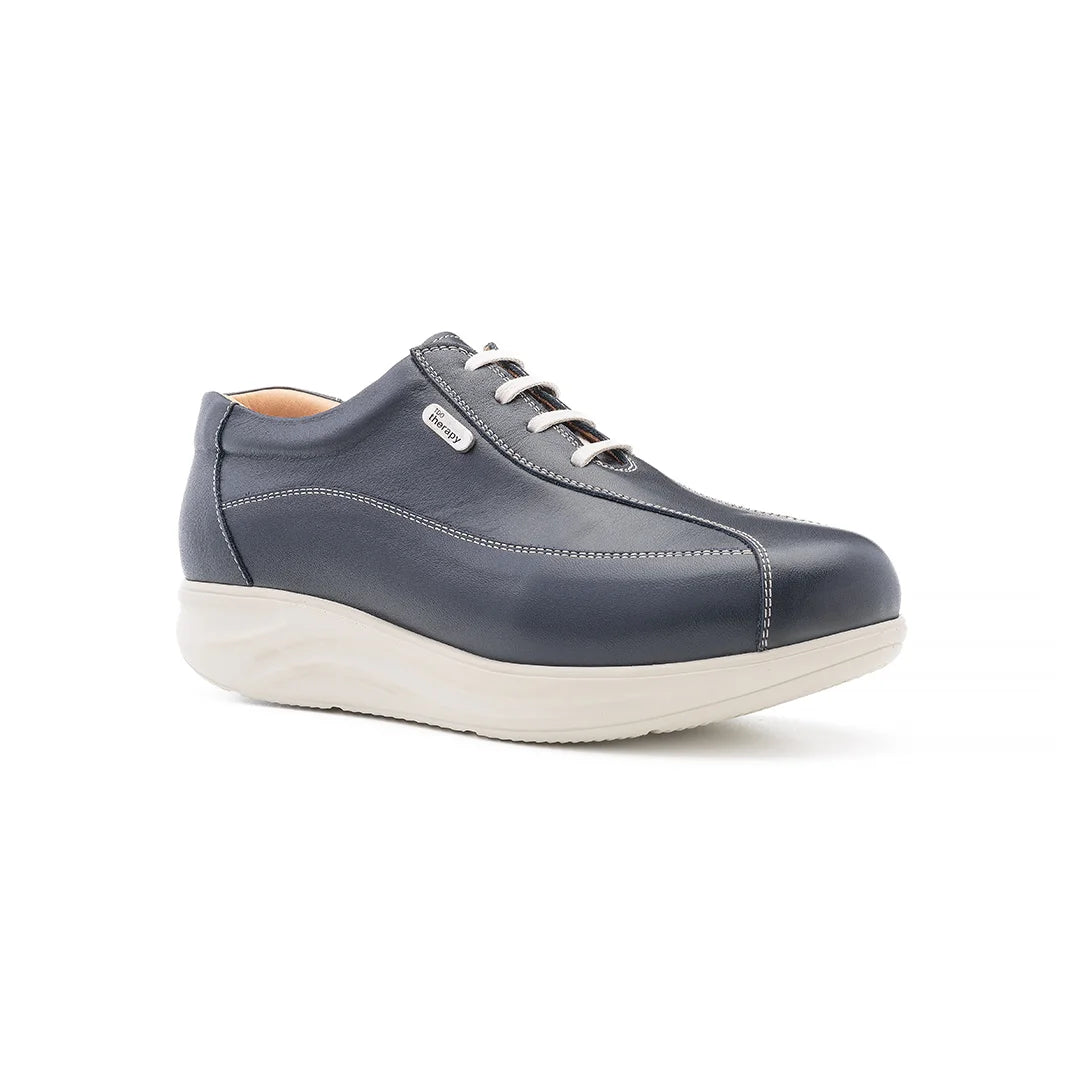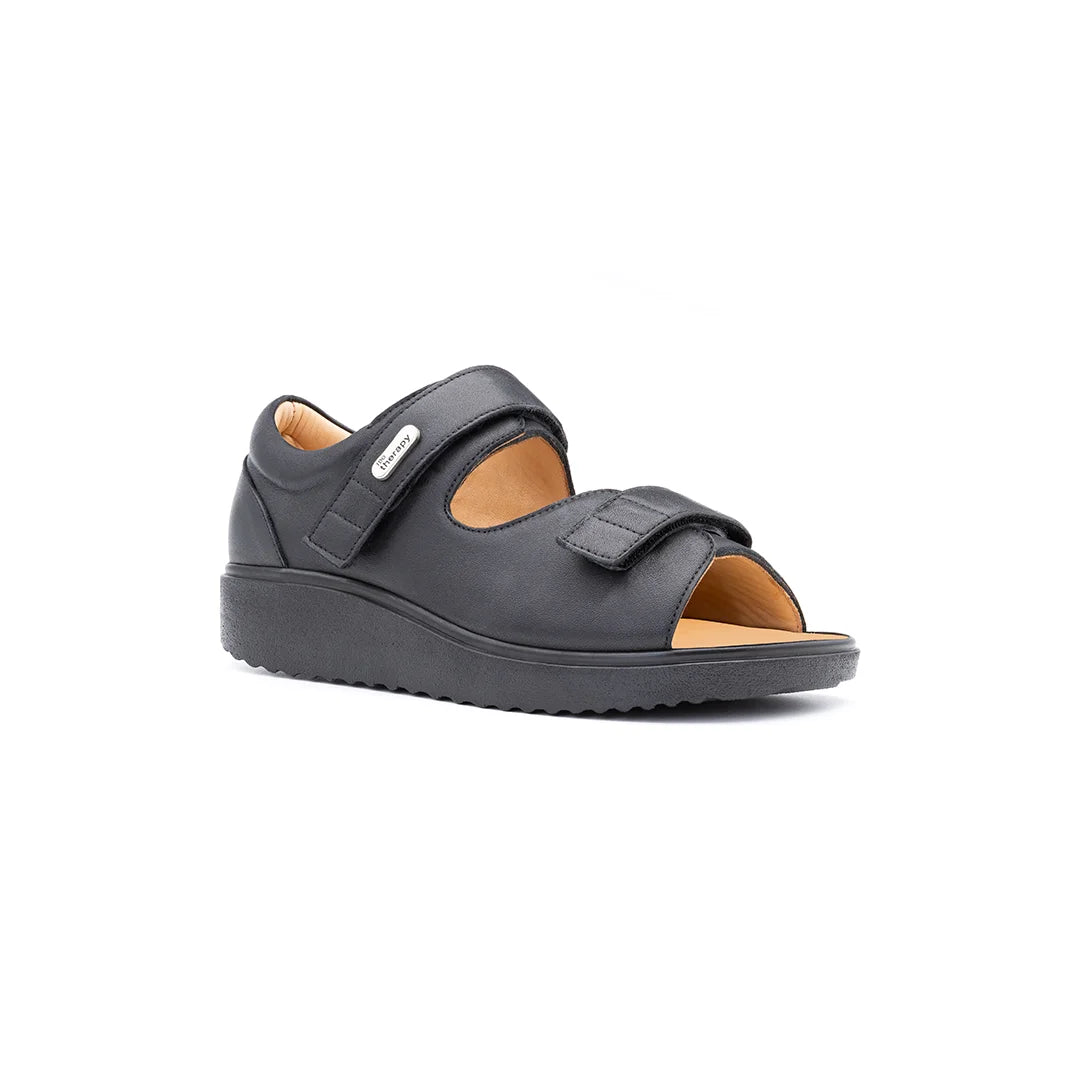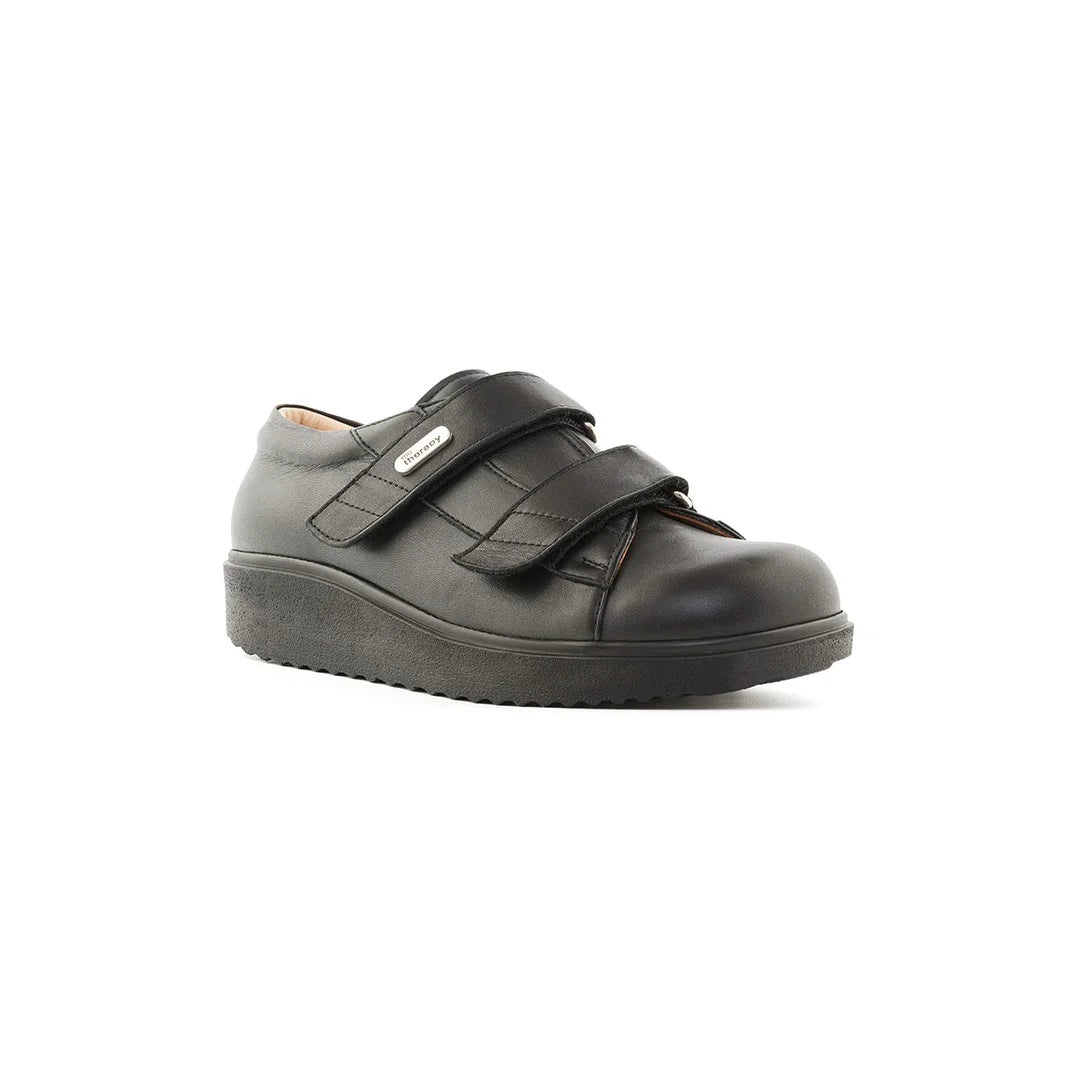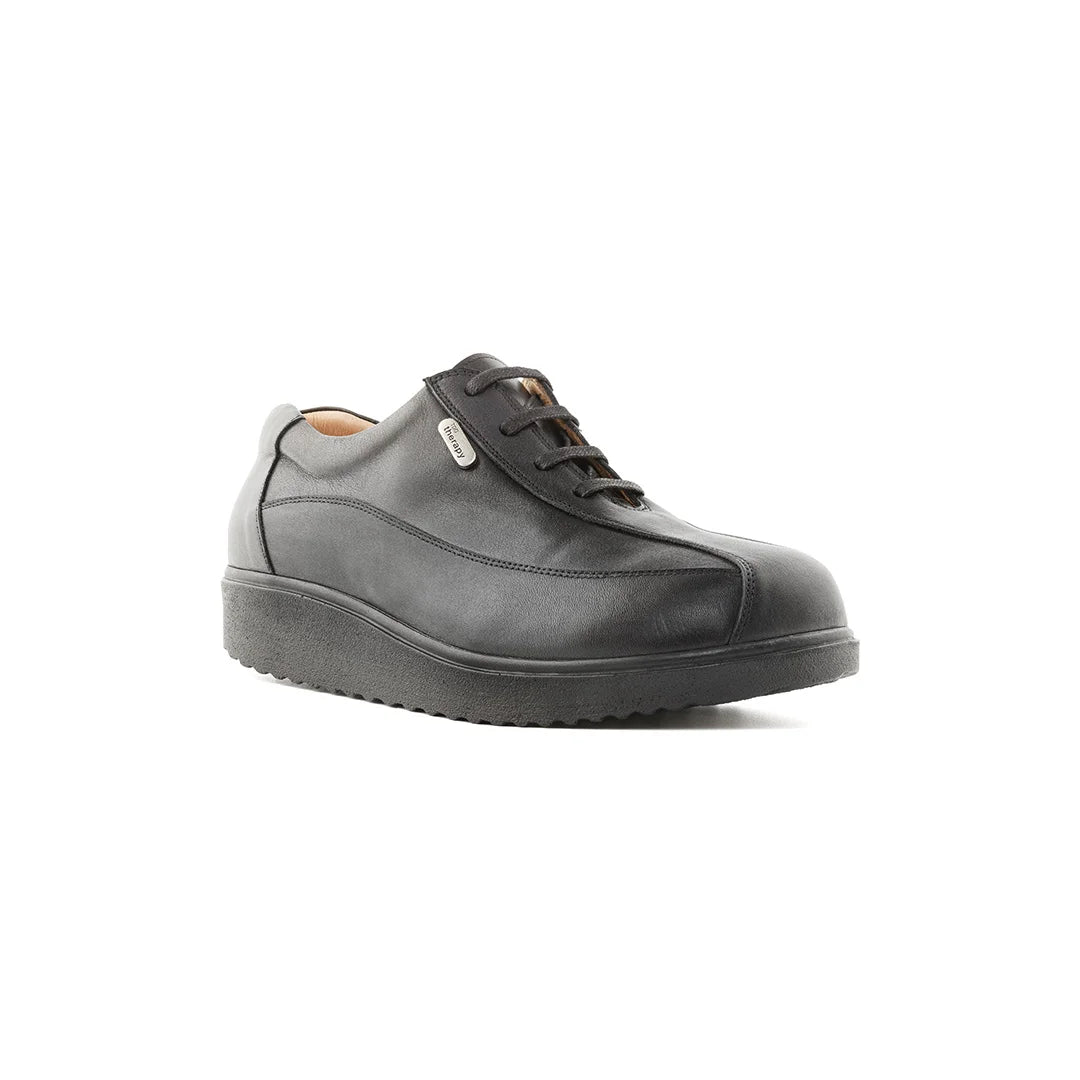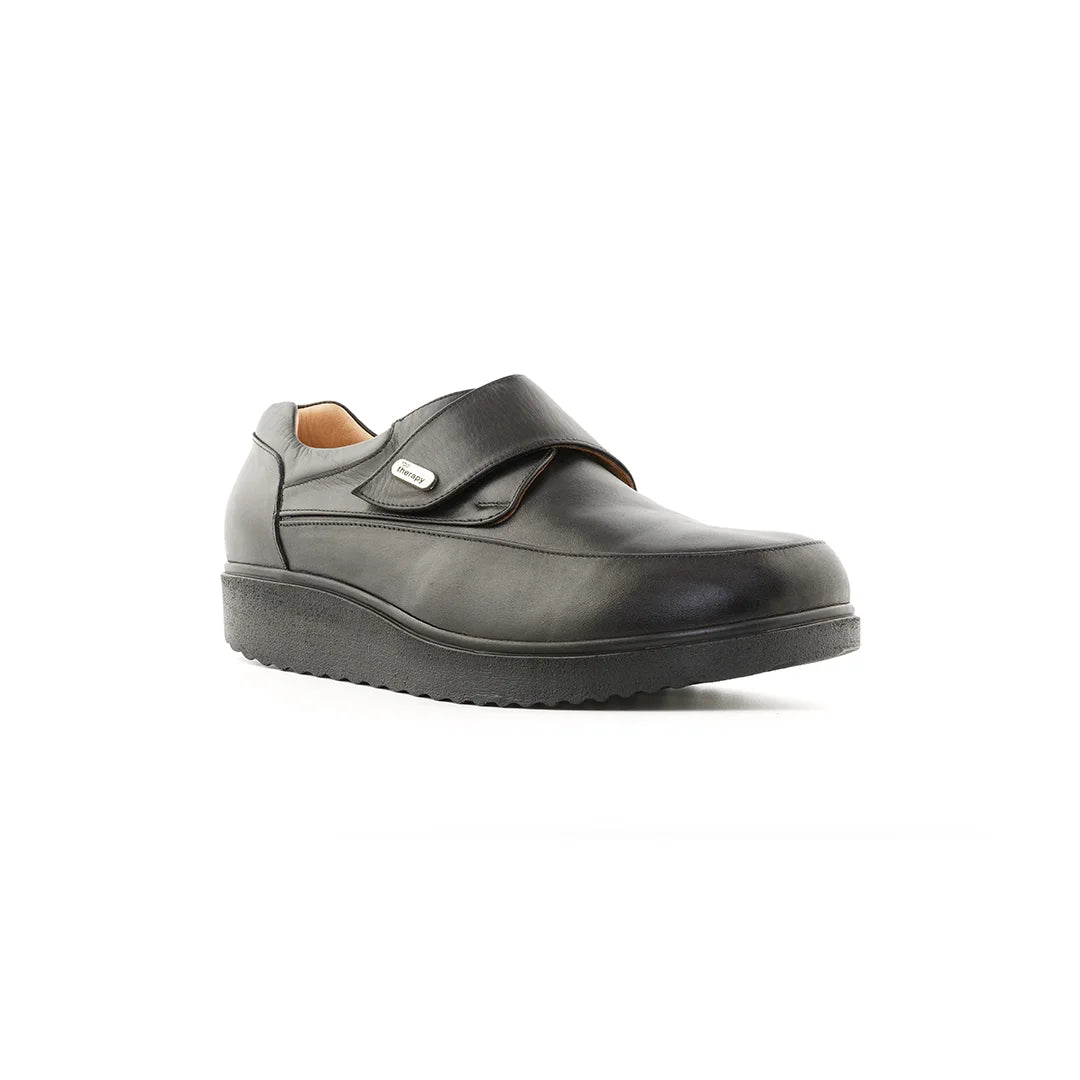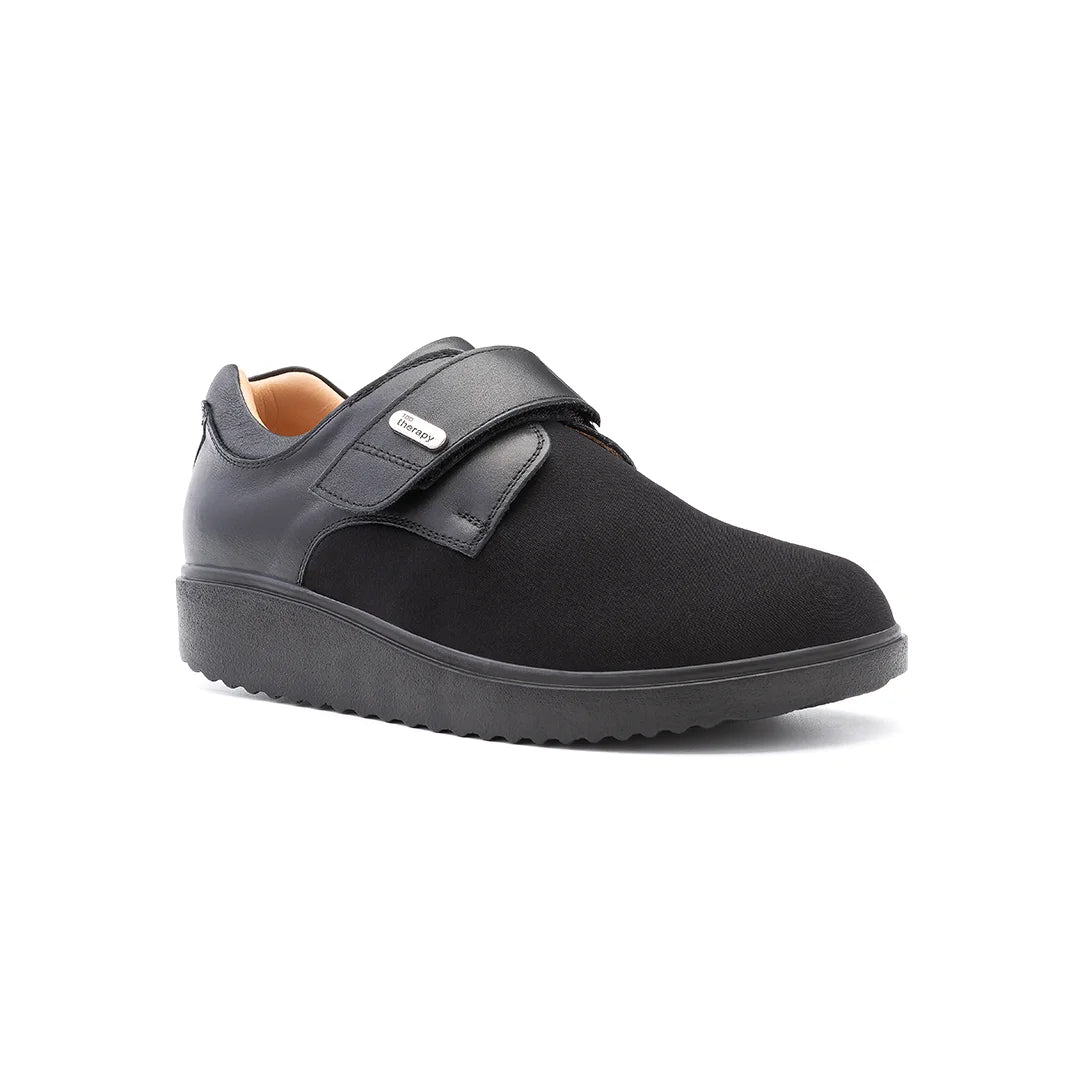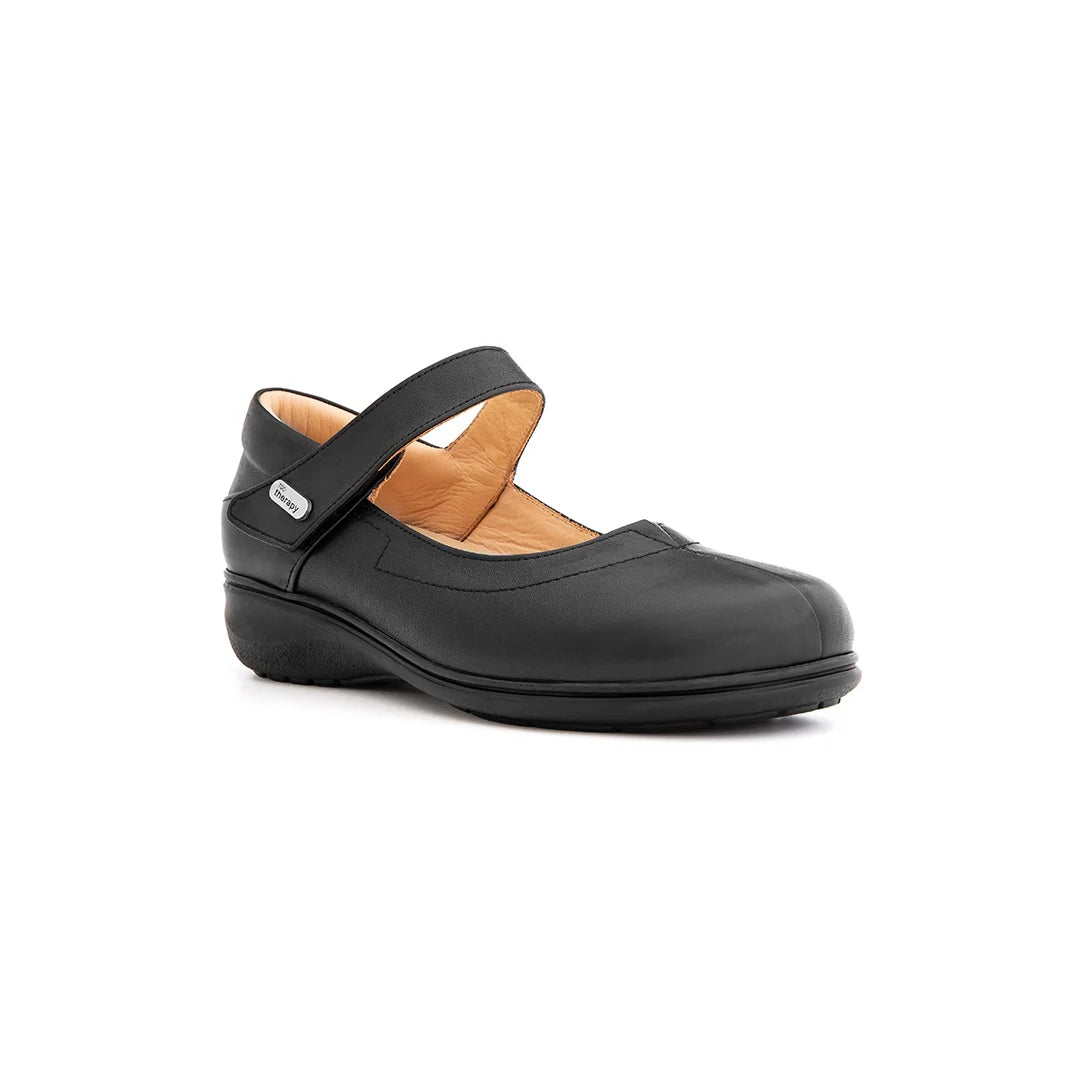For individuals managing diabetes, regular exercise is a powerful tool to control blood sugar, improve circulation, and boost overall health. However, foot complications like neuropathy or ulcers make choosing the right footwear critical. Exercising with diabetic shoes ensures safety and comfort, reducing the risk of injuries. At TDO Therapy, we specialise in diabetic footwear designed to support active lifestyles. This guide shares expert tips on safe workouts, the best exercises, and how to care for your diabetic shoes to keep you moving confidently.
Why Diabetic Shoes Matter for Safe Workouts
Exercising with diabetic shoes is essential for protecting sensitive feet. Unlike regular athletic shoes, diabetic shoes offer unique features like extra depth, seamless interiors, and enhanced cushioning to prevent blisters and pressure points. These shoes promote better circulation and reduce the risk of foot ulcers, which can be exacerbated by improper footwear.
Standard trainers often lack the support needed for diabetic feet, potentially causing discomfort or injury during workouts. TDO Therapy’s diabetic shoe collection is crafted to provide stability and comfort, making them ideal for safe exercising. By choosing the right footwear, you can focus on staying active without worrying about foot health.
Tips for Exercising with Diabetic Shoes
To make the most of exercising with diabetic shoes, follow these practical tips:
- Choose the Right Fit: Ill-fitting shoes can cause friction or pressure. Use TDO Therapy’s fitting guide to find the perfect size, ensuring ample toe room and arch support.
- Start Slow: Begin with low-impact exercises like walking or stretching to build stamina without stressing your feet.
- Monitor Your Feet: Check for redness, blisters, or irritation after workouts. Early detection prevents complications.
- Pair with Proper Socks: Wear seamless, moisture-wicking socks to reduce friction and keep feet dry. Avoid cotton socks that retain moisture.
- Consult Professionals: Speak with a podiatrist or TDO Therapy’s experts for personalised advice on footwear and exercise plans.
By following these tips, exercising with diabetic shoes becomes safer and more enjoyable, helping you stay active while protecting your feet.

Best Exercises to Pair with Diabetic Shoes
Exercising with diabetic shoes opens the door to a variety of foot-friendly workouts. Here are some of the best options:
- Walking: A low-impact exercise that improves circulation and cardiovascular health. Diabetic shoes provide the cushioning needed for long walks.
- Yoga: Gentle poses enhance flexibility and balance without putting pressure on your feet.
- Cycling: Stationary or outdoor cycling is easy on the joints and works well with supportive diabetic footwear.
- Water Aerobics: The buoyancy of water reduces foot stress, making it ideal for beginners.
These exercises, paired with TDO Therapy’s diabetic shoes, ensure comfort and safety. Always start at a comfortable pace and consult your healthcare provider before beginning a new routine. For more exercise tips, check Diabetes UK’s resources.
How to Care for Your Diabetic Shoes During Workouts
Proper maintenance extends the life of your diabetic shoes, ensuring they remain effective for exercising. Here’s how to care for them:
- Clean Regularly: After workouts, wipe shoes with a damp cloth and mild soap to remove sweat or dirt. Avoid soaking them, and let them air dry away from direct heat.
- Rotate Shoes: Alternate between two pairs to prevent excessive wear and allow each pair to dry fully between uses.
- Check for Wear: Inspect soles and interiors regularly. Replace shoes every 6-12 months or when signs of wear appear, following TDO Therapy’s replacement guidelines.
By maintaining your diabetic shoes, you ensure they continue to provide the support needed for safe workouts. Explore TDO Therapy’s range to find durable, high-quality options.
FAQs: Exercising with Diabetic Shoes
1. What makes diabetic shoes different for exercising?
Diabetic shoes feature extra depth, cushioned soles, and seamless interiors to reduce pressure and prevent blisters. These qualities make exercising with diabetic shoes safer and more comfortable for sensitive feet.
2. Can I use regular athletic shoes instead of diabetic shoes for workouts?
Regular trainers may lack the support and protection needed for diabetic feet, increasing the risk of blisters or ulcers. Exercising with diabetic shoes is recommended for safety.
3. How often should I replace my diabetic shoes for exercising?
Replace diabetic shoes every 6-12 months, depending on usage and wear. Check for worn soles or reduced cushioning to ensure ongoing protection.
4. What exercises are safest when exercising with diabetic shoes?
Low-impact activities like walking, yoga, cycling, and water aerobics are ideal. They minimise foot stress while promoting fitness.
5. Where can I find high-quality diabetic shoes for exercising?
TDO Therapy offers a wide range of diabetic shoes designed for active lifestyles. Visit our collection to find the perfect pair.



